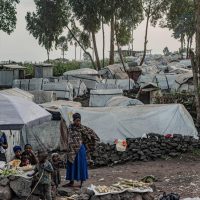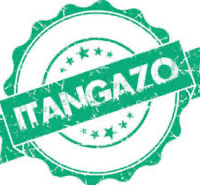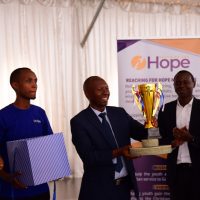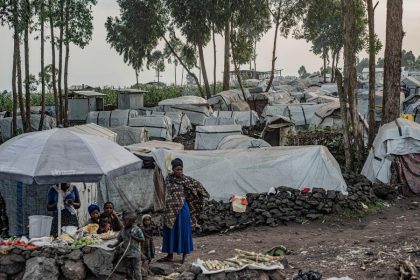The first part of this story was prompted by a visit to the Kigali Museum of Natural History which is located in Gakinjiro, also known as the Kandt House, which served as the official residence of Dr. Richard Kandt who was the first European colonial Governor under the “Deutsch Ostafrika”(Germany East Africa).
I got more interested to know about Dr. Kandt, and I would like to thank my cyber friend Stafaan Minnaert, in Belgium, who is a historian and an author on Rwandan history, for his invaluable contribution by availing me some very important documentation including personal letters by Kandt.
I also thank Sett Manfred for the chat we had this week and his contribution, though he did not have much time. I will talk more about Manfred in the next postings.
Kandt was a Germany citizen, born in the city of Posen- the present day Poland on December 17 1867. He was a qualified medical doctor before commencing his African expeditions and had practiced as a psychiatrist in Bayreuth, Bavaria and Munich in Germany.
He liked reading stories of African explorers at the time like those of his compatriot Gustav Adolf Graf von Gotzen which motivated him to join the ranks of Africa adventurers and explorers.
In preparation for the task, he moved to Berlin to study African cultures and Kiswahili. Gustav Adolf von Gotzen is said to be the first Germany to step on the Rwandan soil, and the second European to enter Rwanda after an Austrian Dr. Oscar Baumann.
Gustav Adolf later served as the Governor of Germany East Africa.
Dr. Kandt was not lucky to get government sponsorship on his first Africa expedition, and he had to rely on personal funding. Most of the European explorers at the time were said to be rich aristocrats like Gustav Adolf, but Kandt did not belong to that privileged class. His African expeditions began around 1897 when he was barely 30years of age.
He is said to have arrived in Dar-es-Salaam Tanzania through Zanzibar at around May 1897, and took a rest for two months preparing for his first travel to the interior of the African continent-then referred to as “the dark continent”, and his destination was Rwanda, with the major intention of discovering the source of the Nile, that was a preoccupation of most of the European explores at the dawn of the 19th century.
Some historians’ records say he arrived in Bagamoyo, Tanzania in July 1897.
Setting off to Rwanda, Kandt is said to have had a caravan of 140 strong men who carried his belongings, three guides who knew the direction to Rwanda and these were likely to have served as guides to other explorers who came before Kandit.
Along the caravan, he is also said to have had five armed soldiers (body guards) and seven boys, who probably passed as domestic servants in today’s hospitality language.
This long trek from the Coast of the Indian Ocean to the interior of Rwanda and later to as far as Cyangugu in the south west, made Kandt realize that Rwanda was really a land locked country and it took a very long time to get connected to the rest of the world, which at this time and age, the means of connection to Africa from Europe and beyond was by way of the Indian Ocean.
Kandt proposed to the Germany authorities that it would be good if a railway line was built from the East Africa Coast to Rwanda.
Manfred informed that in 1913, a Germany company known as Siemens Krupp wrote an 85-page railway project proposal to connect Rwanda to the East African Coast.
This dream is still alive, yet to be realized, but the question here is what happened to this study, which possibly by now should have been implemented? Was the proposal destroyed during the WW1, or it is somewhere silenced in archives?
Rwanda is still a land locked country that needs a railway line for quick and cheap movement of goods and people to and from the East African coast. It is much needed to speed up economic development and reduce the cost of import and export of goods.
It would also be interesting to know if the new studies for the railway connection to Rwanda make any reference to the 1913 Germany proposal which would probably make the new study quicker and cheaper, as the wheel was already invented.
Is there any other achievement that Dr. Richard Kandt is remembered for in Rwanda? Watch this space.
Gerald Mbanda is a member of Pan African movement.
Twitter: @GeraldMbanda
Email: mbandagerald@hotmail.com










